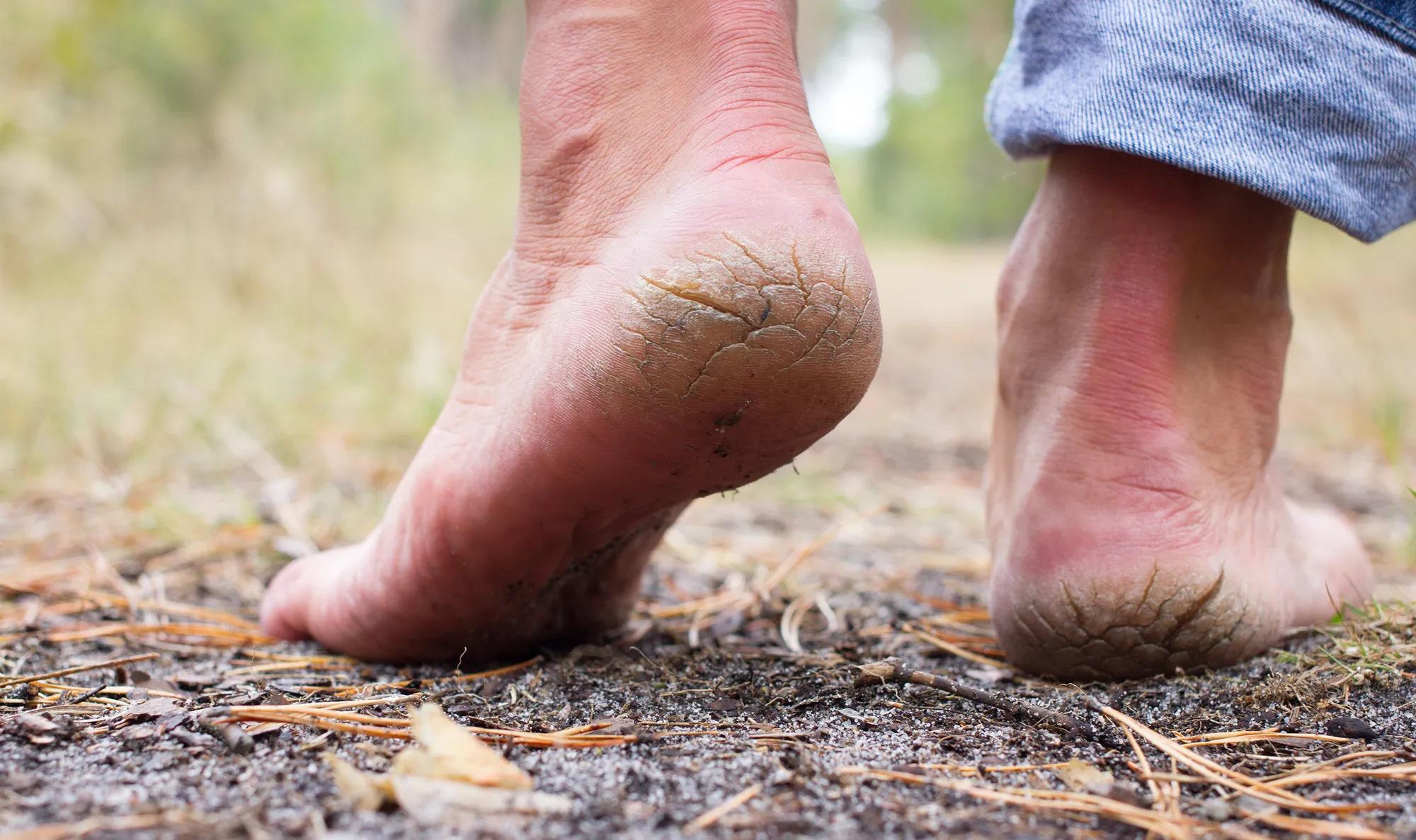The Ultimate Guide to Soft and Smooth Feet
Your feet endure a lot every day, from walking to running, and even standing for extended periods. It’s no wonder that they often feel rough and uncomfortable, especially when it comes to dry heels. This guide aims to provide you with comprehensive, scientifically-backed methods to achieve soft and smooth feet, focusing on the often-neglected issue of dry heels.

Understanding Dry Heels
Dry heels, medically known as xerosis, are a common condition characterized by the thickening and cracking of the skin on the heels. According to the American Academy of Dermatology, dry heels can be caused by a variety of factors, including lack of moisture, aging, and even certain medical conditions like eczema or psoriasis. The skin on the heels is particularly prone to drying out because it is thicker and has fewer oil glands compared to other areas of the body. This makes it more susceptible to cracks and fissures, which can be both painful and unsightly.
:max_bytes(150000):strip_icc()/coping-with-dry-cracked-feet-1337642-v2-31bdcd9cec7b452b84ab626bc566c433.png)
Preventive Measures for Dry Heels
Prevention is often the best cure when it comes to dry heels. Regular moisturizing is key. Dermatologists recommend using a thick, creamy moisturizer immediately after bathing while the skin is still damp. This helps lock in moisture and prevents the skin from drying out. Additionally, wearing appropriate footwear can make a significant difference. Shoes that provide good support and cushioning can reduce the stress on your heels, thereby minimizing the chances of developing dry heels. Avoiding prolonged exposure to harsh weather conditions, such as extreme cold or heat, can also help in maintaining the health of your feet.
Treating Dry Heels
If you already suffer from dry heels, there are several treatment options available. One of the most effective methods is exfoliation. Removing dead skin cells can help new, healthy skin grow. However, it’s important to be gentle to avoid further irritation. Foot soaks with Epsom salts can soften the skin, making it easier to exfoliate. After exfoliation, applying a rich moisturizer can help restore the skin’s natural barrier. For more severe cases, over-the-counter products containing urea or lactic acid can be beneficial. These ingredients help hydrate the skin and promote healing.

Professional Help for Dry Heels
In some cases, dry heels may require professional intervention. Podiatrists can provide specialized treatments, such as prescription-strength moisturizers or corticosteroid injections, to help alleviate the symptoms. They can also diagnose underlying conditions that may be contributing to the problem, such as fungal infections or diabetes. According to a study published in the Journal of the American Podiatric Medical Association, early intervention can prevent complications and improve the overall quality of life for individuals suffering from dry heels.

Lifestyle Changes for Healthy Feet
Adopting a healthy lifestyle can significantly impact the condition of your feet. Eating a balanced diet rich in vitamins and minerals can improve skin health. Foods high in omega-3 fatty acids, such as fish and nuts, can help maintain the skin’s moisture levels. Staying hydrated is also crucial, as it helps keep the skin supple and less prone to cracking. Regular exercise can improve circulation, which is essential for maintaining healthy skin. Moreover, managing stress through activities like yoga or meditation can indirectly benefit your feet by reducing the likelihood of skin conditions that exacerbate dry heels.
Conclusion
Achieving soft and smooth feet, especially addressing dry heels, requires a combination of preventive measures, proper treatment, and lifestyle changes. By understanding the causes and adopting a holistic approach, you can significantly improve the health and appearance of your feet. Remember, taking care of your feet is not just about aesthetics; it’s about ensuring they remain healthy and functional, ready to support you in all your daily activities.

